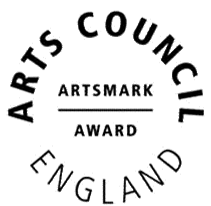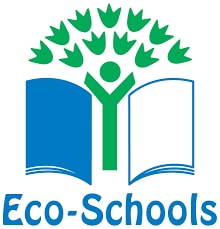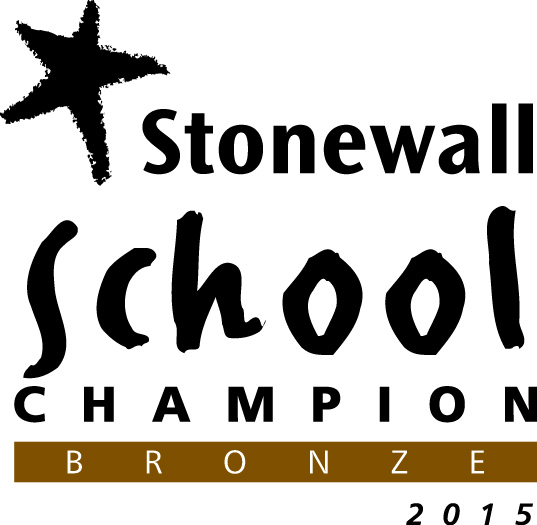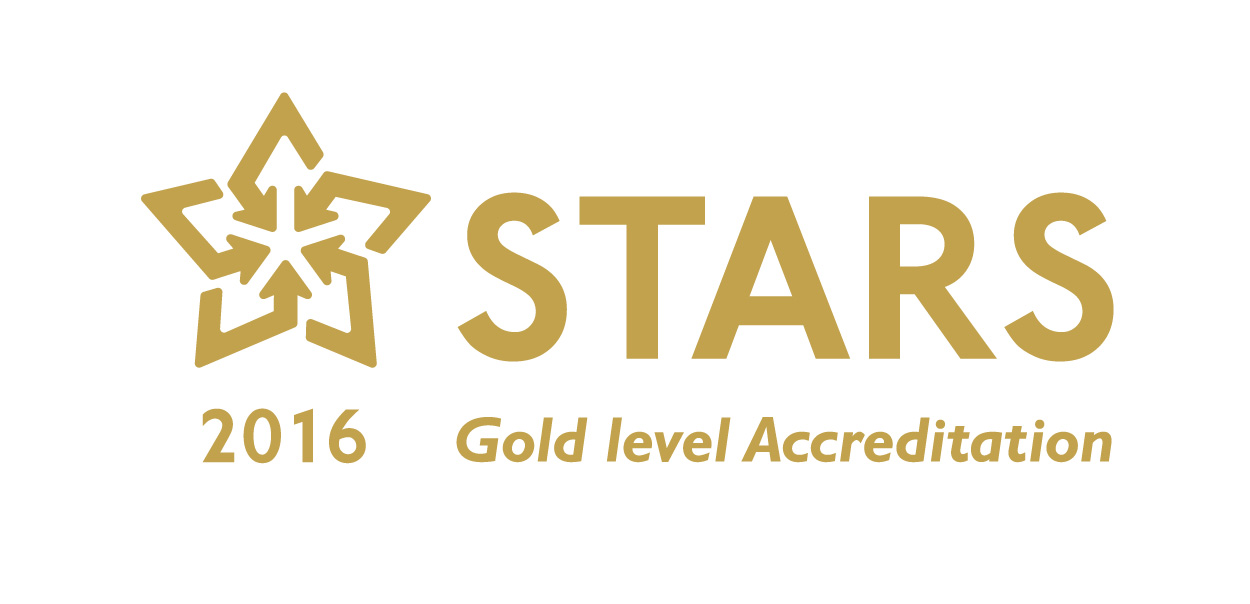Writing at ChadwelL
At Chadwell Primary School, we want our pupils to leave as authors who can write coherently and effectively for a range of audiences and purposes. Before they leave school, our pupils should be able to express their knowledge, ideas and emotions confidently through their writing whilst developing and extending their vocabulary, grammar and phonological knowledge and building on their handwriting skills throughout each of the Key Stages.
We have implemented the Pathways to Write framework which follows a Mastery-Learning model. Key skills are taught and repeated; there are multiple opportunities throughout each unit to use and apply the skills until they can be mastered fully. Within each sequence, there are many opportunities for incidental short- burst writing with an extended written outcome built up to by the end of each unit all focused around a core text. The books at the core of the units have been carefully selected to engage and inspire, and to provide plentiful opportunities for following the interests of pupils.
Planning follows the sequence below:
Session 1:
- This is an opportunity to hook the pupils into the context of learning and to assess previously taught mastery skills.
- A short writing task is set at the end of this session to assess the application of Gateway skills (non-negotiable previously taught objectives).
- The gateway skills allow for planning to be personalised and an opportunity for ongoing assessment in children’s writing.
- A philosophical question is also introduced to the children allowing them to gain a deer understanding into any themes that may be introduced to them within the book.
Sessions 2-11:
- Pathway Mastery skills are introduced with many opportunities to practise and apply these skills in different writing tasks.
- The tasks use genres that the pupils will be most familiar with such as character or setting descriptions, dialogue, diary entries, instructions, poetry and sentence work, providing a range of on-going evidence for writing assessment.
Sessions 12-15:
- Writeaway: Independent writing of final outcome where pupils apply all Mastery and Gateway keys
- This section begins with sectioning and sequencing texts using a model.
- Pupils are encouraged to plan, write, check, edit, re-draft and publish as required with the focus on using and applying the mastery skills they have been taught.
The Keys:
Gateway, Mastery and Feature The keys are listed at the start of each unit.
- Gateway keys are the skills that should have been previously taught (prior learning).
- Mastery keys are the main skills that will be focused on throughout the unit based on the year group national curriculum expectations.
- Feature keys are the features of the writing genre that is the outcome for each unit. Each set of Feature keys has the same structure – vocabulary of the genre, how sentences and tenses are used and the overall structure of each one.
Lesson structure of Pathways
Each lesson follows a similar structure from Year 1-Year 6.
- Mastery Focus: Pupils will begin the lesson by consolidating and building on their knowledge based on grammar and punctuation taken from the mastery keys.
- Word of the week: Children will be introduced to a new word each week taken from the core text that they are reading building on the depth and breadth of their vocabulary.
- Core Text: The core text will be read throughout the sequence of learning in each unit.
- National Curriculum: Each lesson will cover objectives from the National curriculum based on reading comprehension, spoken language and writing composition.
- Independent Writing Opportunity: An independent writing opportunity will be provided in each session adapted to the needs of the children.
Pupils of Chadwell Primary School leave us with experience and enjoyment of writing for different audiences and purpose, using and applying the appropriate features of each form of writing. This knowledge and experience supports them to make a successful transition to Key Stage Three, whilst also preparing them for formal and informal written communication within their wider community and adult life. Chadwell learners will succeed in all English lessons as a result of provision of appropriate scaffolds and challenges. They have a widened vocabulary that forms part of their writer’s toolkit and can be used and applied within their writing. Application of the evaluation skills which are taught through the English curriculum, equip the children with the knowledge and skills to develop their growth mind-set and resilience to new experiences, supporting them to make a positive contribution to society. Our learners develop increased motivation and self-confidence, through use of a range of techniques promoting independence, which are embedded in their long-term memory and can be applied beyond the walls of our school setting. Through use of texts which represent the diverse nature of our society, the children of Chadwell hold mutual respect and tolerance for the beliefs and values of others, whilst demonstrating understanding of democracy.

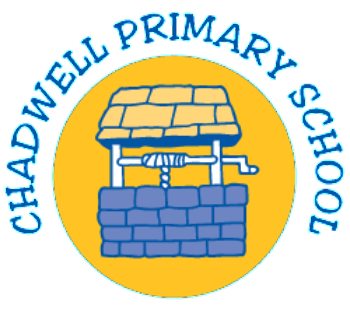 Chadwell
Primary School
Chadwell
Primary School